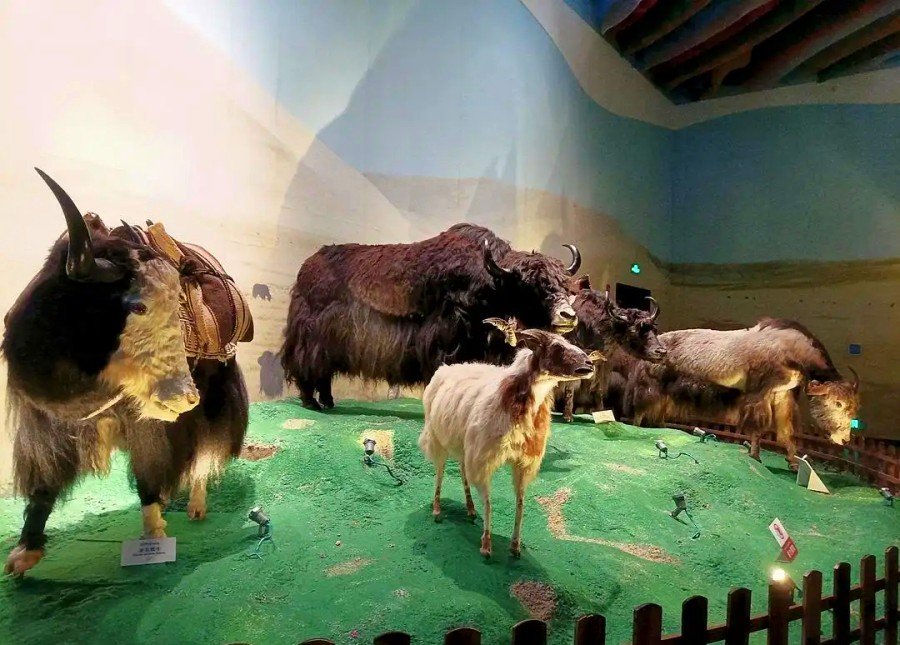Lhasa: The Tibetan Yak Museum, located in Lhasa, the capital of the Tibet Autonomous Region, celebrated its 10th anniversary. It is China’s only yak-themed museum.
Wu Yichu, the founder and honorary curator of the Tibetan Yak Museum, introduced that most of the items displayed in the museum are donated by local Tibetan people. In 2014, when it opened, the Yak Museum had thousands of collections.

In the past ten years, people have donated collections here. The Tibetan Yak Museum has a total of 4 exhibition buildings, and its collections interpret the history and culture of the plateau, animal husbandry culture, artwork culture, ecological culture, music, dance, and other arts and culture. In one of the exhibition buildings of this museum, there are 152 yak skulls hanging on the wall, which are very spectacular.
According to Wu Yichu, these yak skulls were sent by their previous owners. The museum has written the description of these yak skulls in the form of a code. Those details include the name of the yak owner, the name and gender of the yak, the yak’s family residence, the height of the sea level, the milk and butter production in its lifetime, etc.

After the completion of the Tibetan Yak Museum, yak culture has had an opportunity to spread. It has been displayed in many cities including Beijing, Guangzhou, Nanjing, Hangzhou, etc.
Wu Yuichu said that yak meat, blood, milk, skin, hair, bones, dung, etc. have made clothing, food, shelter, travel, transportation, fuel and farming possible for the people of the Tibetan Plateau. The yak culture was created by the hardworking people of the Qinghai-Tibet Plateau and is a symbol of the plateau.









